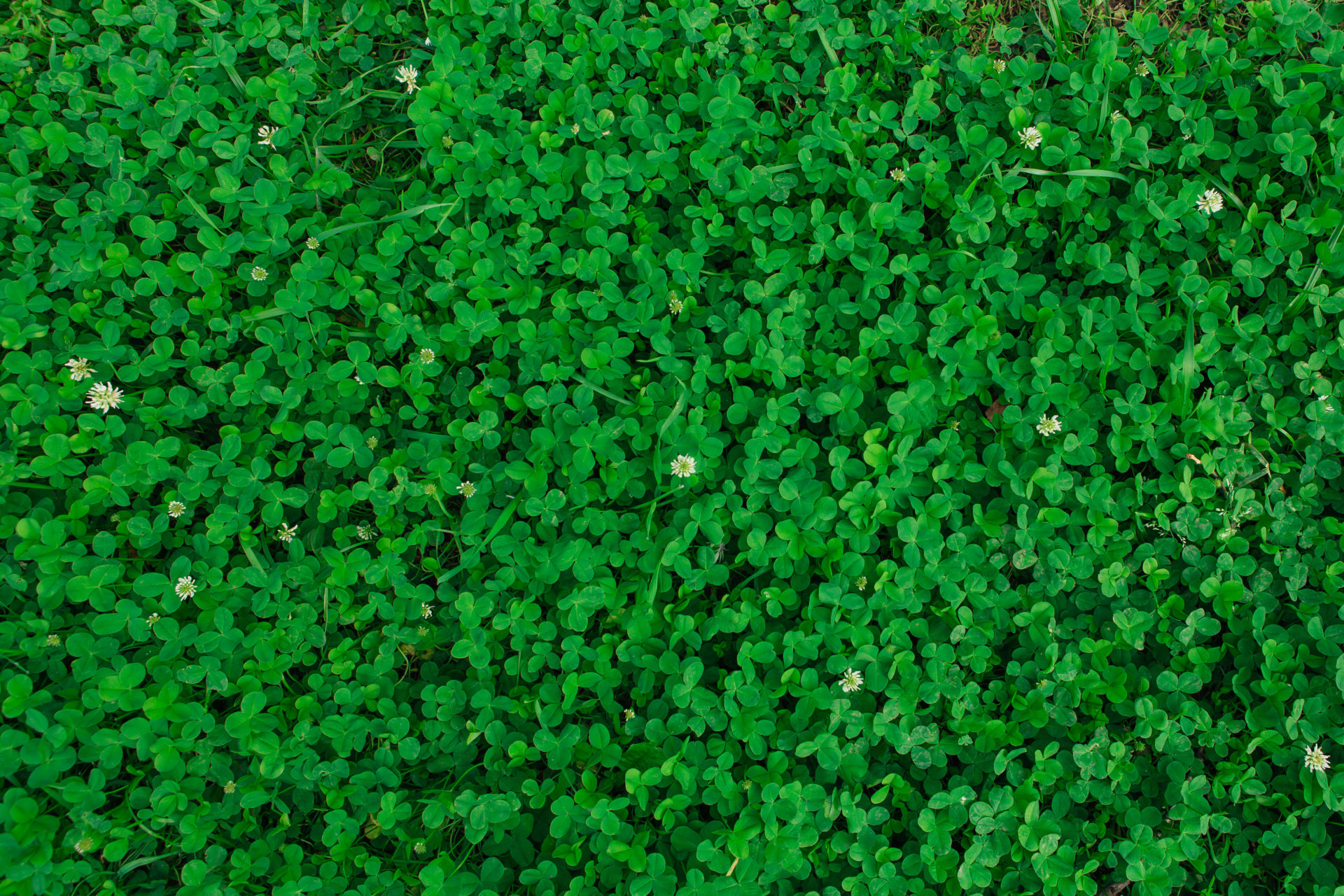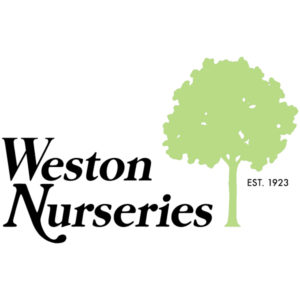It is estimated that lawns cover 32 million acres in the United States. In fact, turf is the largest crop grown in the US. The idea of a lawn originated in ancient Europe as a place to graze your animals. This was then adopted by the wealthy as a way to show off their estates; the flat monoculture providing the perfect canvas for enormity and grandeur.
In the United States lawns were virtually nonexistent before the industrial revolution when the idea of accentuating your wealth came across the pond and was embraced by America’s elite. It wasn’t until after WW2 that the American lawn obsession was born. The combination of suburban sprawl and a surplus of war chemicals ignited a whole new industry.
To keep up with the Joneses, Americans began to dump massive amounts of time and money into having the best lawn in the neighborhood. This obsession carried over to the next (Boomer) generation. At this time Americans spent much of their time outside. The drive for the perfect lawn started to slow with Gen X as the pace of life increased and daily living retreated to the indoors. At this point the perfect lawn looked like more of a hassle so the industry focused on easy lawn care with a “4 Step” process and lawn care companies sprouted up everywhere.
When asked most people now feel like turf is the low maintenance version of a landscape and often justify the money and resources they put into their lawn because “that’s what you do when you have a house”.
Tell me how is weekly mowing, watering, treating, dethatching, and fertilizing low maintenance?
Before we go any further let me say there is a place for a turf lawn in the landscape. Turf lawns provide great places to play, to sit and are great for transition from one area of the property to the next. They also provide a place for your eye to rest when admiring a landscape. Recently people are starting to realize….maybe less is more. Or maybe there is a way to have a lawn, just a different kind of lawn and not a traditional turf lawn.
People interested in native plants and helping to restore ecosystems see their existing lawn as wasted space or a detriment to the local ecosystem. All of this has led to the peaked interest in Lawn Alternatives.
The following will provide you with the Why, What and How to alternative lawns, from there you can decide: Do I kill my lawn or just modify it?
Why Lawn Alternatives
- Less Maintenance. Believe it or not alternative lawns require little to no fertilizer, irrigation and weeding once established.
- Low to No Mow. Depending on your choice you may need to cut once a year.
- Deep roots improve water use. Many Alternatives have strong and deep root systems which improve water efficiency through decreased irrigation and the hydrology of your property.
- Native alternatives help support pollinators and native wildlife.
Plants to choose from:
Anemone Canadensis, Canada windflower: Vigorous ground cover that likes sun to part shade, average. Wet and dry soil (less vigorous in dry soil). Blooms April to June. This plant is a self-seeder and may not be ideal where ample spreading is not desired.
Carex pensylvanica, Pennsylvania sedge: A short grass looking that supports lots of species of butterfly and moth. This carex requires little to no additional water and no fertilizer growing quite happily in dry shade or moist sunny conditions. This can be mown to 4 inches after it puts on new growth in late spring and will remain around that height for the rest of the season.
Eragrostis specectabilis, Purple Lovegrass: A beautiful slow spreading species. This is a taller warm season grass reaching 8-14 inches. The perfect selection for tough hot dry sites like Hell strips. In fall this grass blooms with airy purply plumes earning its common name.
Fragaria virginiana, Woodland Strawberry: Favored for its vigorous growth habit. Woodland strawberry is a pollinator/wildlife powerhouse with multi seasonal interest. Full sun to part shade these strawberries like average to dry sandy loam. This plant is extremely tolerable of foot traffic and benefits from occasional mowing.
Carex appalachica, Appalachian sedge: Finer than Carex pensylvanica this is another short grass (6-8 inches max height) Very adaptable it does best in moist sun to part shade average soil-dry soil.
Thymus serpullum, Creeping Thyme: This is the only no mow of the options. Maxing out at 3 inches thyme tolerates heavy foot traffic, dry sandy loam and full sun. Slow to start once established it spreads quickly, smells amazing and when in flower is dazzling.
Trifolium repens, White Dutch Clover: Clover is an excellent lawn alternative. It is durable, low mow, it crowds out weeds (once established), and it needs very little water, no fertilizer and can with stand pet urine. Moreover it has pretty flowers and benefits pollinators and wildlife.
How to install your Alternative Lawn:
Now that you have chosen the type of alternative lawn you want let’s talk about how to install it.
- Remove your existing lawn or the existing vegetation. This can be done by smothering the area with cardboard, applying an herbicide or using a sod cutter. The latter is my method of choice.
- Top dress the area with about a half inch of compost (optional). This will not over amend the area, as the above do not need particularly sweet soil but will help feed the soil life and help your plants to establish.
- If seeding clover or thyme apply now and rake it in lightly skipping step 4 & 5.
- Cover the area with leaf mulch or straw about 3 inches to help suppress any weed seeds and protect the bare areas as the lawn establishes. If you cannot find either leaf mulch or straw use and very fine wood mulch.
- Plant your plants 8 inches apart id using 1gallon pots 12 inches is best.
- Water the plants in thoroughly and continue to apply an inch of water a week until the plants are rooted in approximately 2-3 weeks. Once established only water in times of drought.
- Little to no mowing is needed for these recommendations’, keep the mower high (4-6”) and mow no more than twice a season.
Please feel free to share your questions and comments through the “Ask the Expert” section of our website or by sending emails to asktheexpert@westonnurseries.com. We love to see what our community is up to so please send pictures and videos! Happy Planting!
By Trevor Smith
About Trevor Smith: Trevor Smith is Weston Nurseries’ Design and Education Manager. Trevor specializes in green storm water infrastructure, such as permeable pavers and rain gardens, as well as in landscapes designed to maximize Earth’s systems while balancing them with the needs and desires of her human inhabitants. Mr. Smith is equally driven by both the form and function of his landscape designs. He is passionate about the natural world which inspires his commitment to ecological principles and practices and devoted to creating beautiful landscapes that provide clients with an oasis to reconnect with the natural world.








